Both hardshell and inflatable kayaks can be categorized into two different styles:
- Sit-on-top kayak (SOT) and
- Sit-in kayak (SIK)
The two designs differ drastically from one another, and each suits a different purpose.
Let’s look at how they are different and the pros and cons of each design.
Contents
The differences between sit-on-top vs. sit-in kayaks
The most apparent distinction between sit-inside and sit-on-top inflatable kayaks (& hardshell models) is that SIKs have an enclosed cockpit that positions the paddler inside the boat at or below the water level. In contrast, SOT kayakers sit on top of the kayak above the water’s surface.
This fundamental divergence of design affects every aspect of their use and purpose.
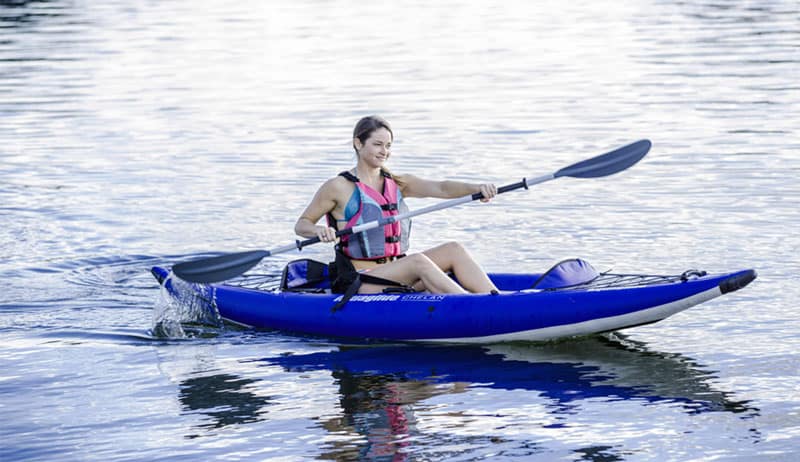
The sit-on-top model is the most popular design among beginners and recreational kayakers because it does not make the paddler feel like they are trapped inside of the kayak’s cockpit if they capsize.
If they do tip over for some reason, they are far easier to reenter than a SIK.
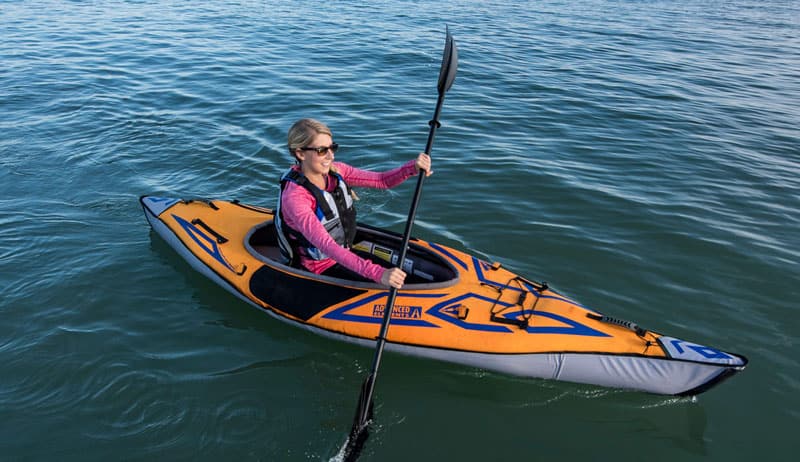
The sit-inside model is more prevalent among intermediate and advanced paddlers because its design provides a significantly lower center of gravity, resulting in enhanced secondary stability during specific activities (which I’ll talk about later).
The cockpit of a SIK kayak is surrounded by a rim for attaching a spray skirt to keep water out.
They have similarities as well
Even though there are some significant differences between the two styles, their main parts are similar:
- The top of the kayak is called the deck, where you’ll often have bungees or deck lines.
- The bottom is the hull.
- The front is the bow.
- The back is the stern.
Both types of kayaks have:
- A seat (or seats in case of tandem kayaks).
- Foot support like simple footwells or adjustable foot pedals (which are more comfortable on a full day of paddling).
- Top of the line kayaks will additionally have a built-in backrest to make paddling for hours more comfortable.
The pros and cons of sit-inside & sit-on-top kayaks
Let’s have a look at what each style of kayak is good and not so good at.
Sit-Inside kayak pros
- The most significant advantage of a sit-inside kayak is that its center of gravity is lower than that of a sit-on-top kayak, which provides better secondary stability. This enables you to lean the boat on its side edge for more efficient turning and stay upright in rough seas. There is a trade-off, though, which I’ll get to in the cons section.
- Because sit-inside kayaks have a lower center of gravity, they can be made much narrower than a sit-on-top model. Being slimmer and longer means they are faster and easier to paddle than SOT kayaks, making them well suited for longer trips.
- The lower profile also means that sit-inside kayaks are affected by wind to a lesser extent.
- The enclosed cockpit provides protection from the sun or rough water.
- A spray skirt can easily be attached to the cockpit coaming for full protection from rain, snow, or frigid water during winter paddling. A well-sealed high-quality spray skirt can also be a safety feature because it will keep water out of the cockpit in case you flip (providing you can roll back and correct your kayak).
- Sitting inside a cockpit lets you place your legs against the side of the kayak & the underside of the deck. Your body effectively becomes one with the kayak’s body to enhance your control of the kayak, making it more maneuverable.
- You will find there’s room inside the kayak to store your equipment and keep them dry. Water can’t get in through self-draining scupper holes found on SOK kayaks. Some sit-in kayaks even have integrated watertight storage compartments.
- Due to the narrower beam of SIK kayaks, you can use a shorter paddle. This makes the boat easier to propel forward, because the moment arm will be tighter. (The moment arm is the distance from your centerline to the part of the paddle entering the water. The shorter it is, the easier it is to paddle.)
Sit-Inside Kayak Cons
- The single biggest con against sit-inside kayaks concerns floatation and ease of rescue, as the cockpit can take in a lot of water in case you capsize.
- Touring kayaks have 1 or 2 integrated bulkheads to circumvent this. But “what is a bulkhead”, you ask?
A kayak bulkhead is a built-in compartment, which traps air inside of the kayak. The bulkhead limits how much water can get into the boat and acts as a floatation chamber to keep it afloat if you swamp. Additionally, bulkheads have a hatch so that you can use them to dry-store supplies as well. - Most recreational sit-inside kayaks will not have a bulkhead, but the better ones have a single one behind the seat.
- If you are alone, flipping a swamped kayak back is very difficult, and so is getting the water out of it. Paddling a kayak filled with water is close to impossible unless it has bulkheads that stayed dry. For this reason, beginners using a SIK kayaks should paddle close to shore, so they can swim out and empty their kayak if they capsize.
- If you plan on going out on open water, you need a touring kayak with bulkheads, and first, learn how to correct your capsized kayak and get back into it. Coastal paddling is a treat, but you have to prepare to stay safe.
- You can only carry items that fit through the cockpit and other hatches. Tieing larger items on deck degrades performance and your balance.
- Remember the increased secondary stability of SIK kayaks due to their lower center of gravity? Well, here is the flip side. The low sitting position causes them to have less primary stability (i.e., when the kayak remains upright and stable when the keel is directly underneath a sitting paddler) Here is an explanation why.
Sit-On-Top Kayak Pros
- They have a wider beam, giving them an advantage in initial stability. This makes them easier to use and more stable than sit-in kayaks.
- They are easy to get in and out of. You can safely jump into the water for a swim and climb back whenever you wish.
- If a SOT kayak flips over, it doesn’t swamp (fill up) since it doesn’t have a cockpit. You can quickly flip it back over and climb back on.
- Any water left on the deck will drain away through self-bailing drain holes.
- The design is convenient when launching, as well as for landing. You can lower yourself onto the kayak’s seat and swing your legs on if you launch from knee-deep water. This makes SOK kayaks the choice for people with mobility issues.
- There is no cockpit to fit into, which means they are better for larger people.
- A SOT has more generous storage space; you can bungee anything on the deck, which is essential on multi-day camping trips.
- And because everything is on the deck, access to your gear is more comfortable. You won’t have to struggle and reach deep into your cockpit to get your things. This is especially important for fishermen, who need space to store their gear and freedom of movement to use their equipment. All fishing kayaks are of the sit-on-top variety.
- Sit-on-top kayaks are cheaper than their sit-inside counterparts.
Sit-On-Top Kayak Cons
As with all things in life, not everything is sun and roses. Sit-on-top kayaks have several negative features you should know about.
- Their open design leaves you exposed to rain, wind, or cold weather.
- SOK kayaks can’t stay dry. The scupper holes may allow water up into the boat, and waves splash over the deck. This isn’t a problem for recreational paddling during the summer, but if you want to stay dry, or if it’s cold, you should prepare accordingly.
Which is safer? A Sit-on-top or Sit-In Kayak?
Most beginner kayakers wonder which style is safer. If you’ve gotten this far in the article, it should be pretty clear by now.
Sit-on-top kayaks are safer because if you capsize, they are easy to reenter and continue your journey. In contrast, a swamped sit-inside kayak is difficult to turn back, empty the water, and climb back inside.
Are sit-inside or sit-on-top kayaks better for fishing?
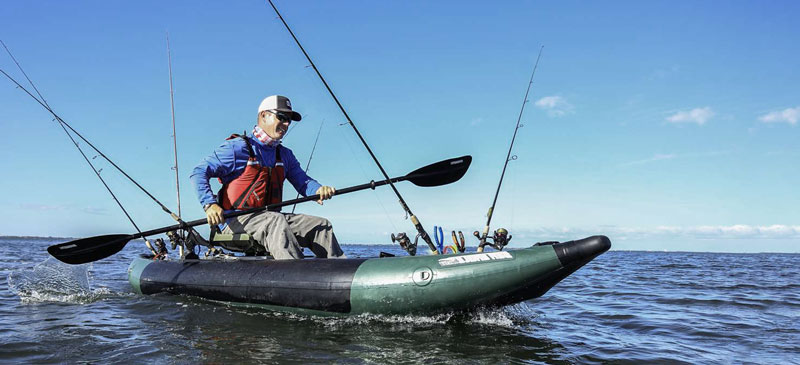
All fishing kayaks are sit-on-top models because anglers often have lots of gear they need to store and reach with ease. This is much easier on a SOK model.
Purpose-built fishing kayaks have a lot of features that anglers will find useful, like integrated rod holders, lots of pockets to hold gear, etc.
Here are some great inflatable fishing kayaks.
Which type is better for ocean kayaking?
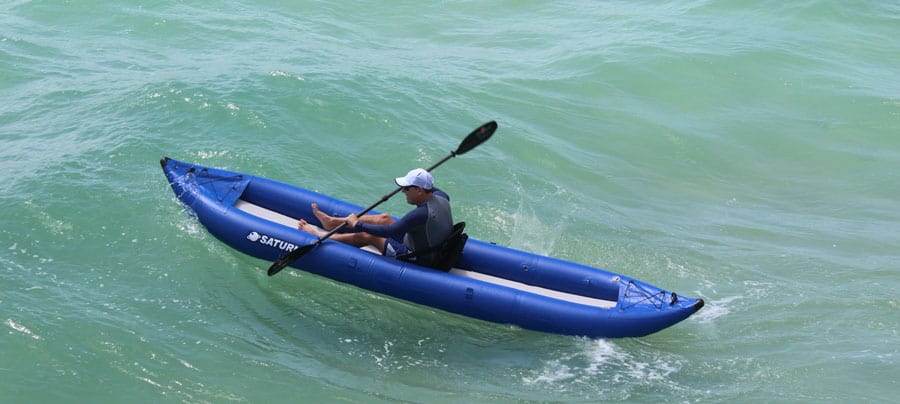
If you head out onto open waters, you need to consider what happens if you flip over and can’t get immediate help.
You can choose between:
- a sit-on-top model that is easy to climb back onto, or
- a sit-inside touring kayak with multiple bulkheads.
Both are adequate for use in the ocean, but if you choose a touring SIK, you need to know how to empty it and climb inside before venturing far from shore.
Here are some inflatable kayaks suited for ocean use.
Which Type of Kayak Should You Choose?
Whether you should choose a sit-inside or sit-on-top kayak should be made by considering:
- how you will use your kayak,
- who will be using it,
- where where you will be using it,
- the gear you need to take,
- what weather conditions you will be kayaking in, and
- your budget.
Who are sit-on-top kayaks best for?
With all that said, here are 4 reasons SOT kayaks are better for some:
- You should choose a sit-on-top kayak if you are new to kayaking, you just want to paddle around casually, or if kids will use it as well. This type of kayak makes it super easy to get on the water and enjoy a day on the lake with friends/family. You can go for a swim whenever you wish and safely get back on with a little practice. Not being able to sink make SOK kayaks great for playing on the lake or letting the kids use them.
- They are more stable, which also makes them safer.
- Sit on top yaks have loads of open cargo room, which you should consider if you’re going fishing, scuba diving, or river paddling for days. Your gear will get wet on deck, but you can always protect clothes or water-sensitive equipment in drybags.
- The lower cost of SOK kayaks is another factor that adds to their appeal. They may be better when starting out or if you are unsure you will like the sport.
Who are sit-inside kayaks best for?
But then again, here are 4 reasons other people will make better use of SIKs:
- Sit-in kayaks are appropriate for intermediate-advanced paddlers looking to do specific types of activities. These activities require purpose-built kayaks, which also means these kayaks are more expensive than general recreational sit-on-top kayaks.
- Adding a spray skirt to a SIK protects against the element, which is essential for whitewater and winter kayaking.
- Going on long paddling trips is easier with long & narrow touring kayaks.
- You should also consider the amount and type of gear you will be taking with you in your kayak. If you need to keep your equipment dry, a sit-inside design might be a better choice.
Conclusion
If you’ve gotten this far, there is a good chance you’ve made up your mind on which style of kayak is right for you.
Now it’s your turn!
Help others and share your thoughts by leaving a comment on which one you will choose and why!

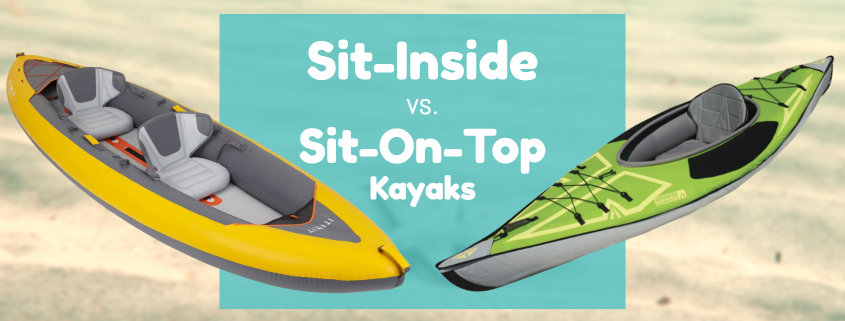
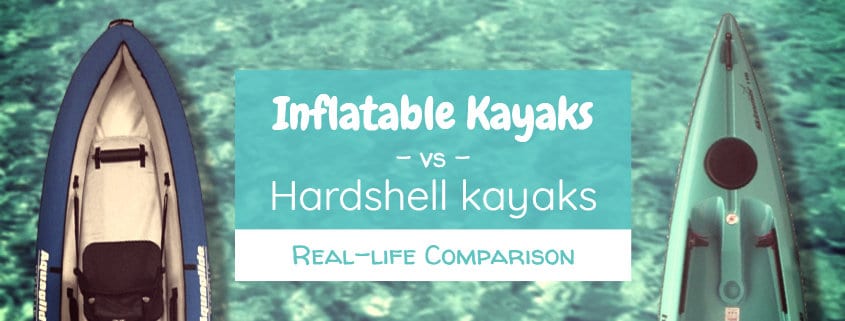
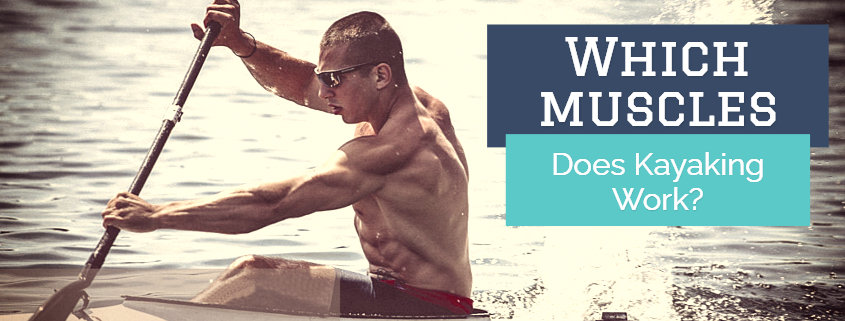
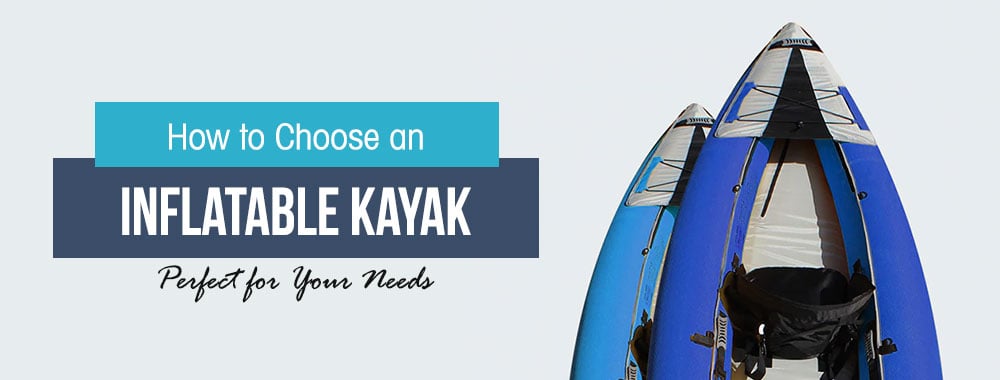
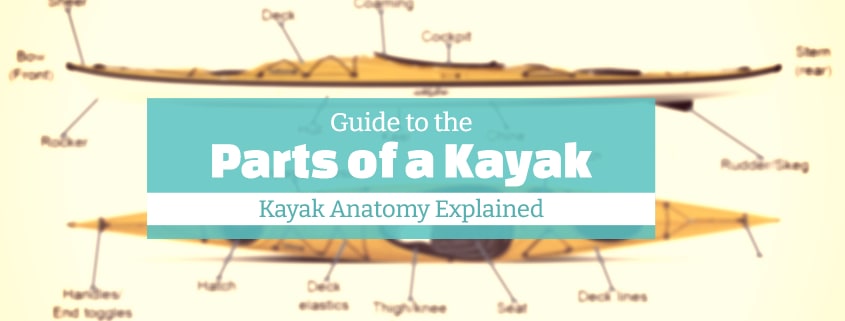
This was a very helpful article. We’re new to kayaking and have been renting them. We’re now ready to buy our own and I’ve been weighing the pros and cons of each. Based on what you’ve written, I’ve determined that my “gut” was right and a SOK is best for me right now. Thank you!